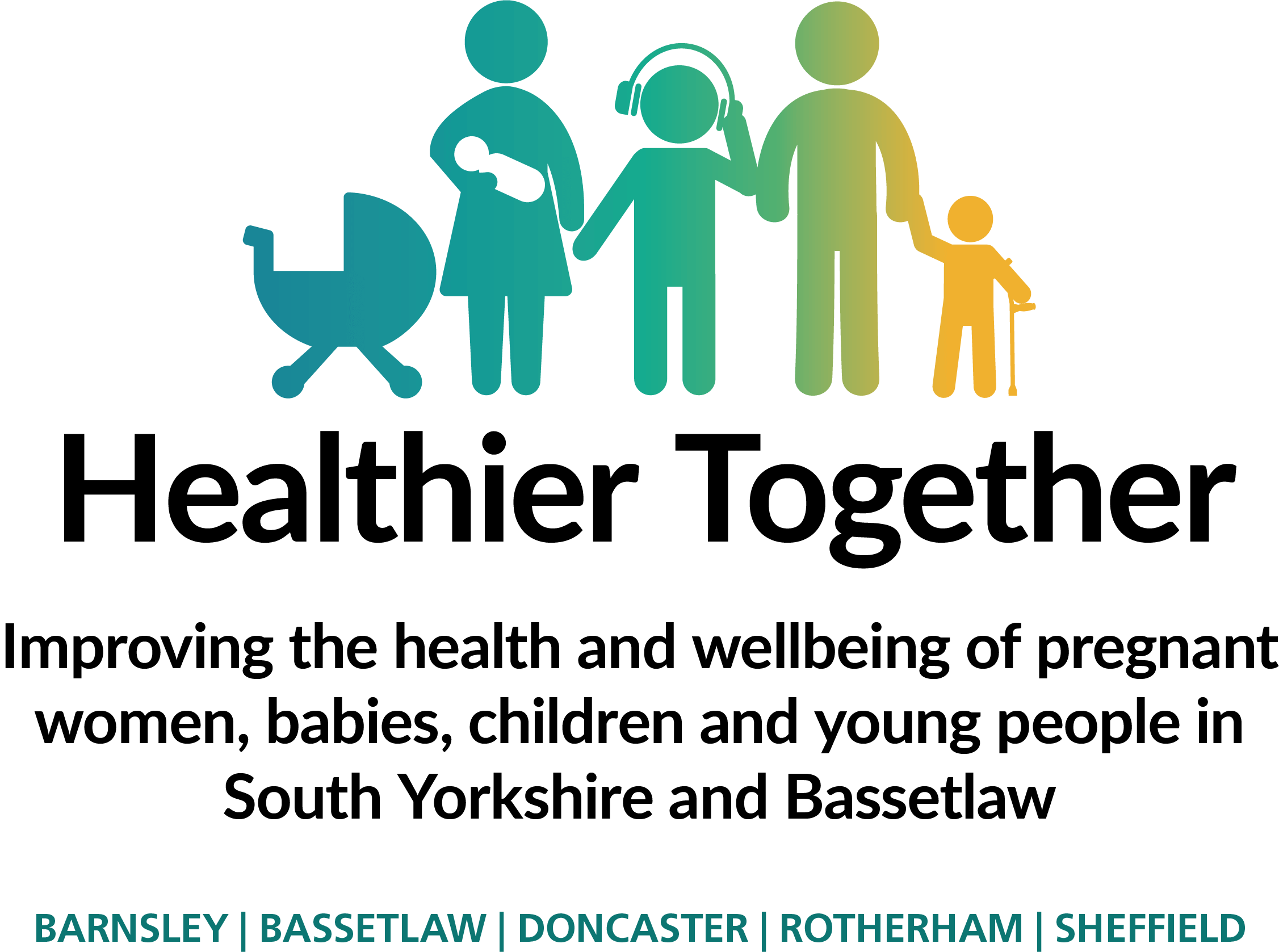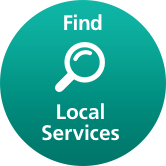In-car Safety
Twelve children under 10 are killed or injured as passengers in cars every day. Car seats prevent deaths and serious injury.
Did you know?
- Adult seat belts are not designed for children as they don't sit across the right parts of the body. If a child isn't in the right booster or car seat, they can be injured by the seat belt in a crash.
- The law says that children under 3 are not allowed to travel anywhere in a car without an appropriate child restraint – usually a baby or child car seat. This is also very good safety advice.
- Trying to hold a small baby in a car crash at 30mph would be like trying to lift 8 bags of cement at the same time.
- All children under 12 years old who are under 135cm in height have to use a child restraint. It’s the law.
General car safety tips
- A child can legally travel in the front of the car but it’s always safest for them to travel in the back if possible.
- Not all car seats will fit all cars so choosing the best one for the weight and height of the child is really important.
- Most accidents happen in short journeys close to home so make sure car seats are easy to fit – If it’s hard to fit then it may be tempting not to use it on shorter journeys.
- Try your car seat before you buy it, fix the restraint into the car as tightly as you can and check that it doesn’t move to the front or side and make sure the seat buckle doesn’t rest on the frame of the child seat. If you are having problems with your car seat you can try a different position in the car.
Second-hand car seats
It can be almost impossible to tell, just by looking, if a second hand car seat has been damaged in an accident or dropped. So buying second hand seats isn’t safe for your baby or child. It may be safe to use a seat a friend or family member has given you, but only if you know for certain it’s not been damaged or dropped, and it fits your car properly.
Sharing car seats
If your childminder or a grandparent takes your child in their car, make sure that they are using the right seat and that they put your child in it properly on every journey. If you give them your seat when you drop off your child, be sure that it fits their car and they know how to use it.
Car Seat Sizes and Fitting
ISOFIX
Seats with ISOFIX attachments are easier to install in cars than those that rely on the adult seat belt. Also, they are usually more secure. Check to see if you can fit an ISOFIX seat into your car.
i-Size is the new European-wide standard for child car seats. It is designed to provide children with extra protection in the car. i-Size compliant car seats are just coming onto the market and are designed to fit 'i-Size ready' cars.
Babies (up to 13 kg, group 0+ seats)
New babies travel in rear-facing baby seats that are in group 0 or 0+. Most manufacturers are no longer making group 0 though. From the moment your new baby comes home from the hospital they need to be travelling in a rear-facing baby seat.
They are safest in the back seat of your car. If they do travel in the front seat the airbag must be turned off as this could seriously injure your baby in a crash.
Toddlers (9-18 kg, group 1 seats)
Just because your baby has reached 9 kg does not mean that he or she should be moved to a forward-facing (group 1) seat.
Don’t worry if your baby’s feet are pressing against the back of the car seat when they’re in their rear-facing seat. It’s still better for them to stay in it until they reach the weight limit for their baby seat or the top of their head is at the top of the seat.
Most group 1 seats are forward-facing but some rear-facing ones are available. These can cause problems in some cars so it is even more important that you try them in your car before you buy them.
Children up to 12 (15 kg upwards, group 2 and 3 seats)
When your child grows out of their car seat they can move to the next type of seat, usually a booster seat. It’s better to keep your child in their group 1 seat for as long as it fits as they offer more protection than booster seats (group 2/3).
You will need to move your child to a booster seat when their eye-line is above the child seat back though. This is because they could suffer neck injuries if they are too tall for the seat. While a booster cushion is better than nothing at all, it offers no side impact or head protection. A highback booster seat is the safest option for your child.
Children 12 or over, or taller than 135cm
When your child is 12+, or taller than 135cm, they can legally move to the adult seat belt. Lots of booster seats grow upwards and outwards with your child so can still be used.
Even if your child is over 135cm it may be that the adult seat belt lies on their tummy and neck rather than on the strongest parts of their bodies - the hips, chest and shoulder. They will be better protected if you keep them in a booster seat designed for their weight as long as you can.
Around the car
If a car is reversing in a car park or a driveway the driver may not be able to spot small children if they are below the level visible from their rear or side windows. It’s safest to hold your child’s hand in car parks just as you would when crossing the road.
Store your car keys safely to reduce the risk of your child getting hold of them and starting the car.




